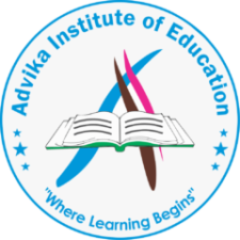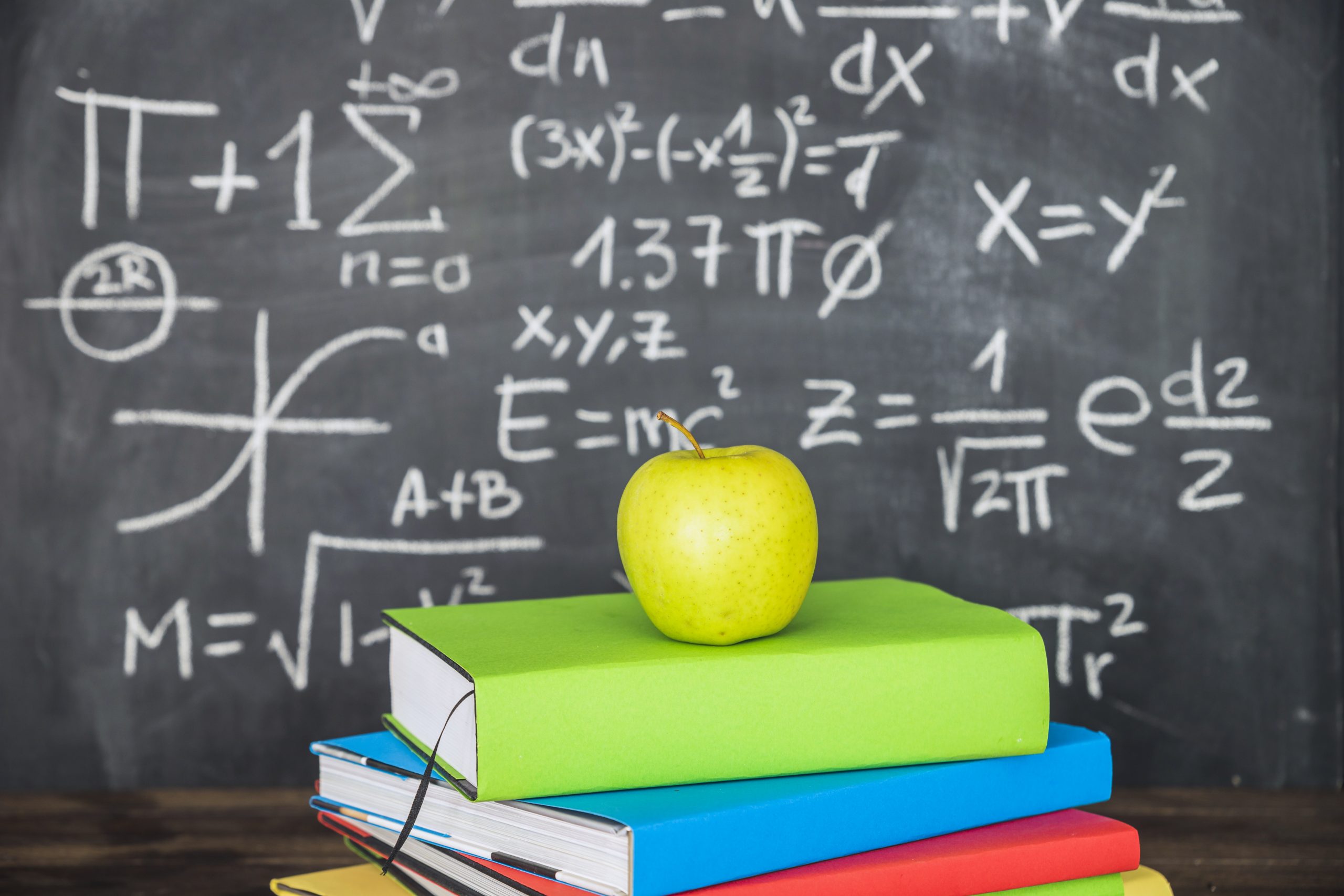IB Maths
Our expert IB Mathematics tutors deeply understand the IB Mathematics curriculum and are proficient in teaching both Standard Level (SL) and Higher Level (HL) topics. They employ effective teaching strategies to simplify complex concepts, clarify doubts, and encourage students to think critically and analytically.
With personalized instruction, our tutors cater to the unique learning needs of each student. They assess the student's strengths and weaknesses, identify areas that require improvement, and tailor their teaching methods accordingly. Our tutors help students build confidence in their mathematical abilities through individualized attention and targeted guidance.
Our IB Mathematics tuitions focus on practical application and problem-solving skills. Tutors provide ample opportunities for students to solve mathematical problems, apply concepts to real-life situations, and analyze data. They teach effective problem-solving strategies and provide practice materials to enhance students' problem-solving skills.
Additionally, our tutors emphasize exam preparation, familiarizing students with the IB Mathematics assessment criteria and exam formats. They provide valuable insights, exam techniques, and practice papers to help students perform well in their IB Mathematics examinations.

Our expert IB Mathematics tuitions offer a supportive learning environment where students can enhance their mathematical understanding, develop problem-solving skills, and achieve academic success in their IB Mathematics studies. With experienced tutors, personalized instruction, and comprehensive exam preparation, we are committed to helping students reach their full potential in IB Mathematics.
Benefits
- Our expert IB Mathematics tutors provide personalized instruction tailored to the individual learning needs of each student, ensuring targeted support and guidance.
- Tutors focus on developing a deep understanding of mathematical concepts, enabling students to grasp and apply the foundations confidently.
- Students gain valuable problem-solving skills through practice and guidance, equipping them to tackle complex mathematical problems effectively.
- Tutors are well-versed in the IB Mathematics curriculum and provide comprehensive exam preparation, including past papers, mock exams, and exam techniques.
- With individualized attention and constructive feedback, tutors help students build confidence in their mathematical abilities, encouraging them to take on challenges with self-assurance.
- Tutors emphasize the practical applications of mathematics, helping students understand the relevance of mathematical concepts in everyday life and future academic pursuits.




